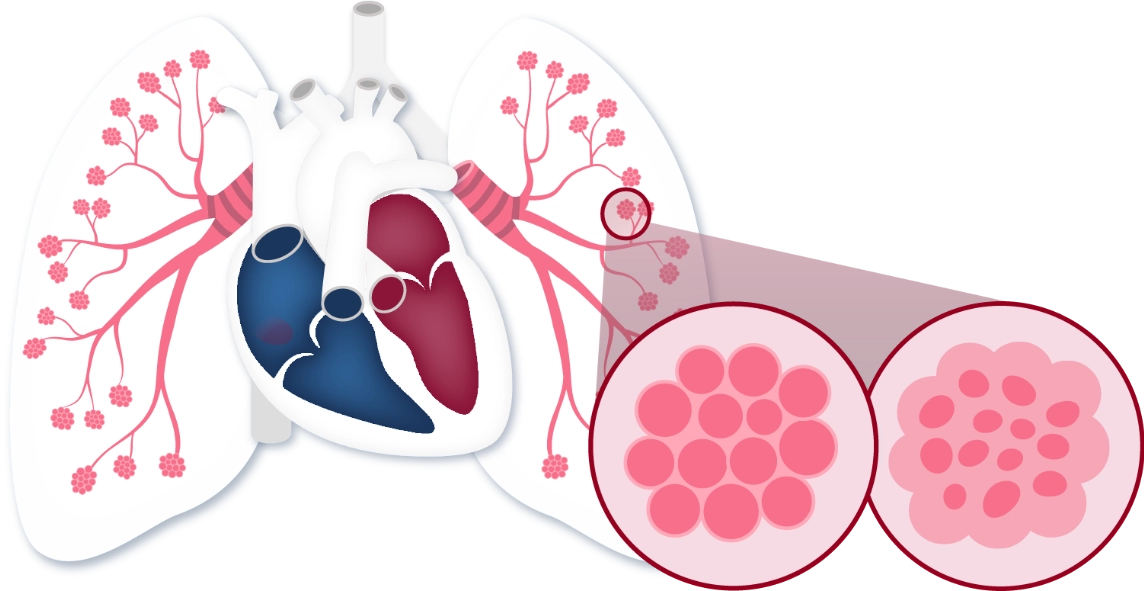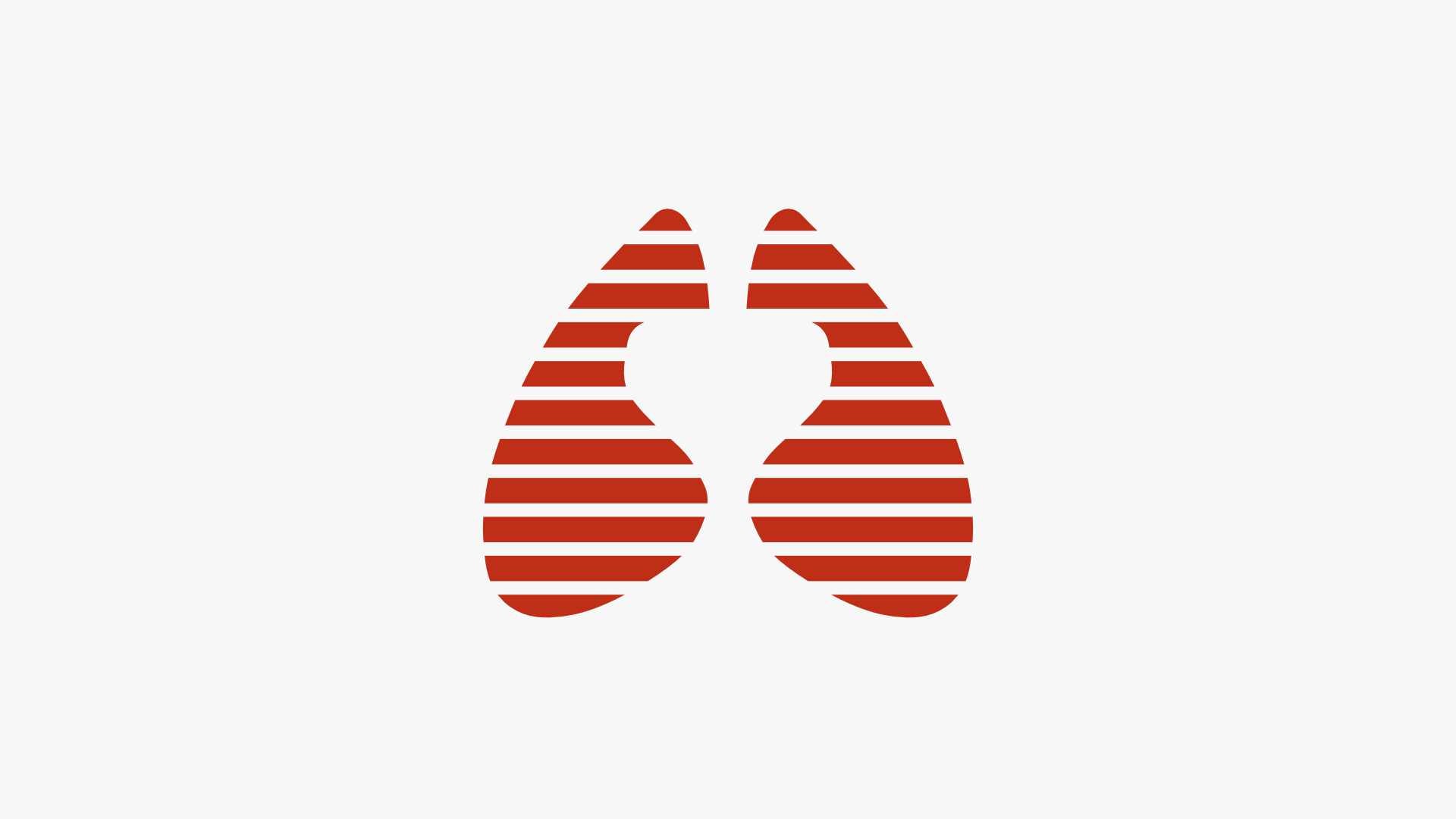Education
United Therapeutics invests in the communities we serve by providing high-quality resources and information designed with patients in mind.
If you are someone living with (or caring for someone with) pulmonary arterial hypertension (PAH), pulmonary hypertension associated with interstitial lung disease (PH-ILD), or neuroblastoma, these resources are for you.

Pulmonary arterial hypertension (PAH)
Group 1 pulmonary hypertension is also known as pulmonary arterial hypertension (PAH) and is distinguished by high blood pressure that specifically occurs in the vessels that supply the lungs. This is distinct from more generalized hypertension, which is characterized by high blood pressure in vessels throughout the body.
In PAH, the blood vessels in the lung stiffen and become narrower, which increases the pressure in the arteries and causes the heart to pump harder in order to pass blood through them.
Over time, the added stress from heightened blood pressure in the lungs can cause the heart to weaken. Patients with PAH commonly experience symptoms such as shortness of breath, fatigue, chest pain, dizziness, and/or fainting. These patients can also experience difficulties in completing normal activities, such as climbing stairs.
Learn more about PAH
To learn more about PAH, visit the PAH Initiative website. The PAH Initiative, founded by United Therapeutics, is dedicated to advancing patient care in pulmonary arterial hypertension.
Visit the PAH Initiative for inspirational and helpful resources to help navigate life with PAH.

Pulmonary hypertension associated with interstitial lung disease (PH-ILD)
If you have been diagnosed with an interstitial lung disease (ILD), you may also be at risk of developing another condition called pulmonary hypertension (PH). When a person living with an ILD develops PH, the condition becomes known as PH-ILD. PH-ILD is one of the many types of PH that is classified as Group 3 pulmonary hypertension.
PH can develop in someone with an ILD because the changes in your lungs that are caused by ILD can also damage or narrow your blood vessels over time. This can cause additional shortness of breath and strain on your heart. PH can then also make ILD worsen more quickly.
Early detection of PH in someone with an ILD makes a difference. With awareness and screening, PH can be caught early. Learn more about what to watch out for and what tests to ask your specialist about so that you can catch possible development of PH as early as possible.

At NeuroblastomaInfo.com, you’ll find a variety of support resources and information to help guide you and your child along their journey from diagnosis to treatment and beyond.
Go to neuroblastomainfo.com
